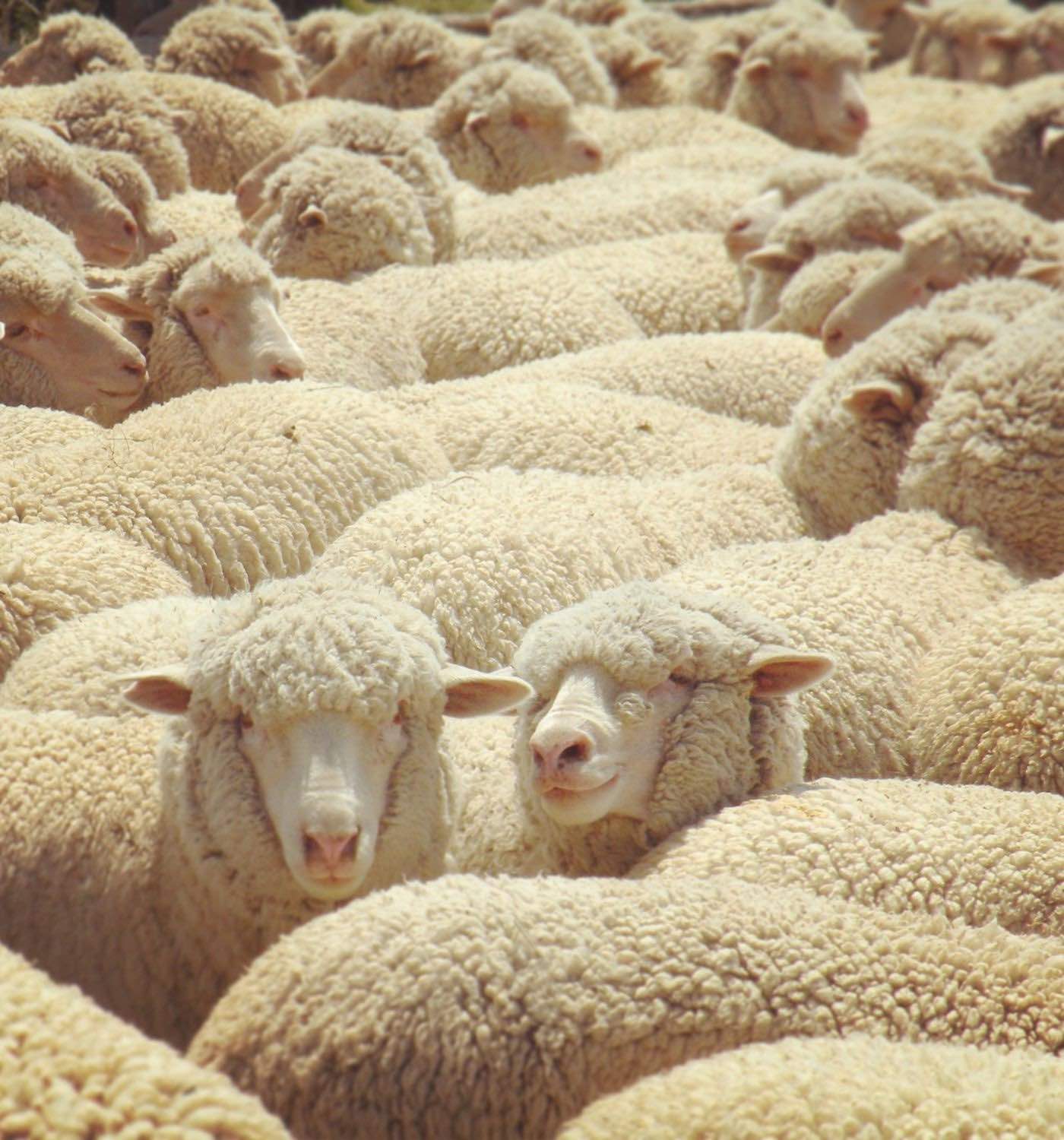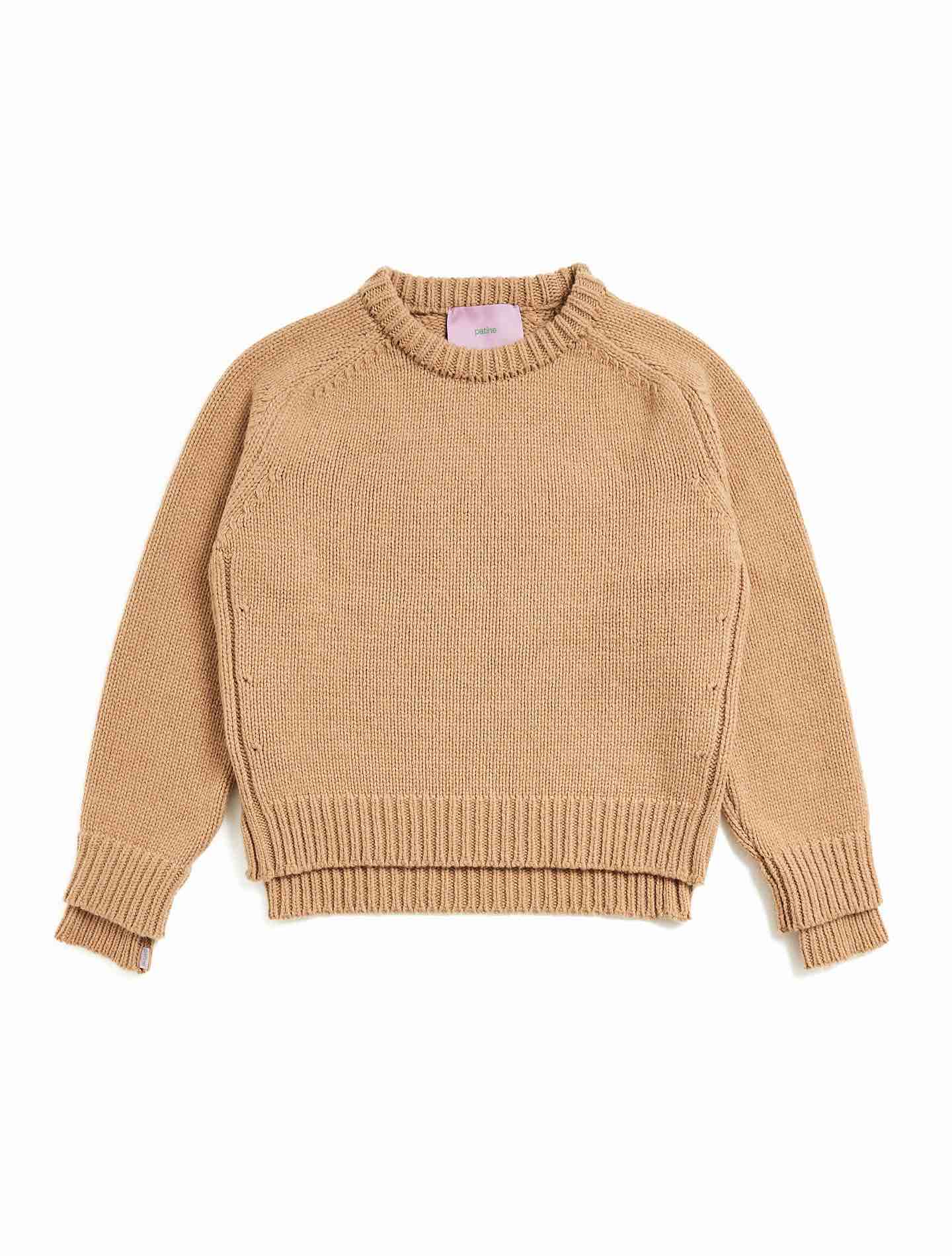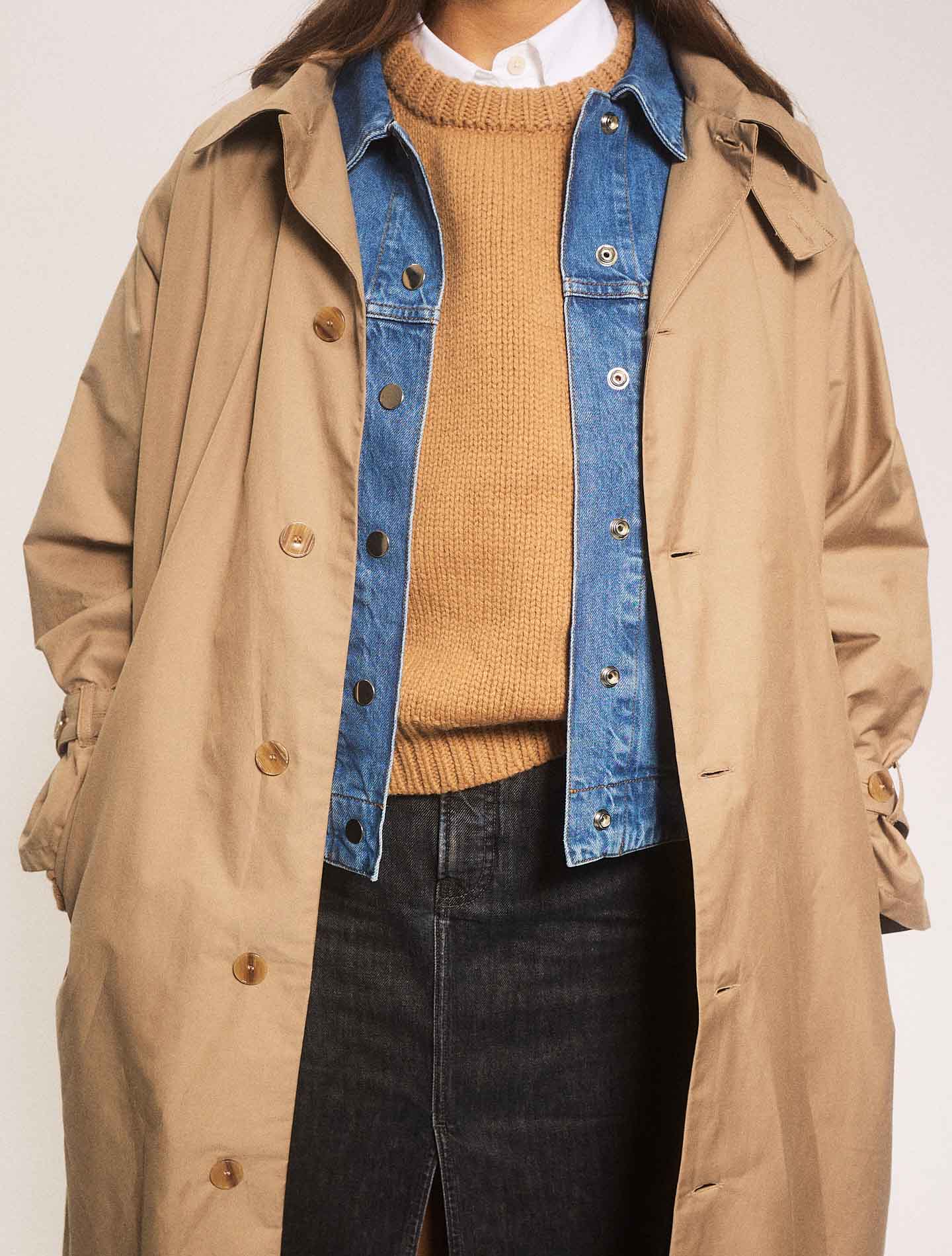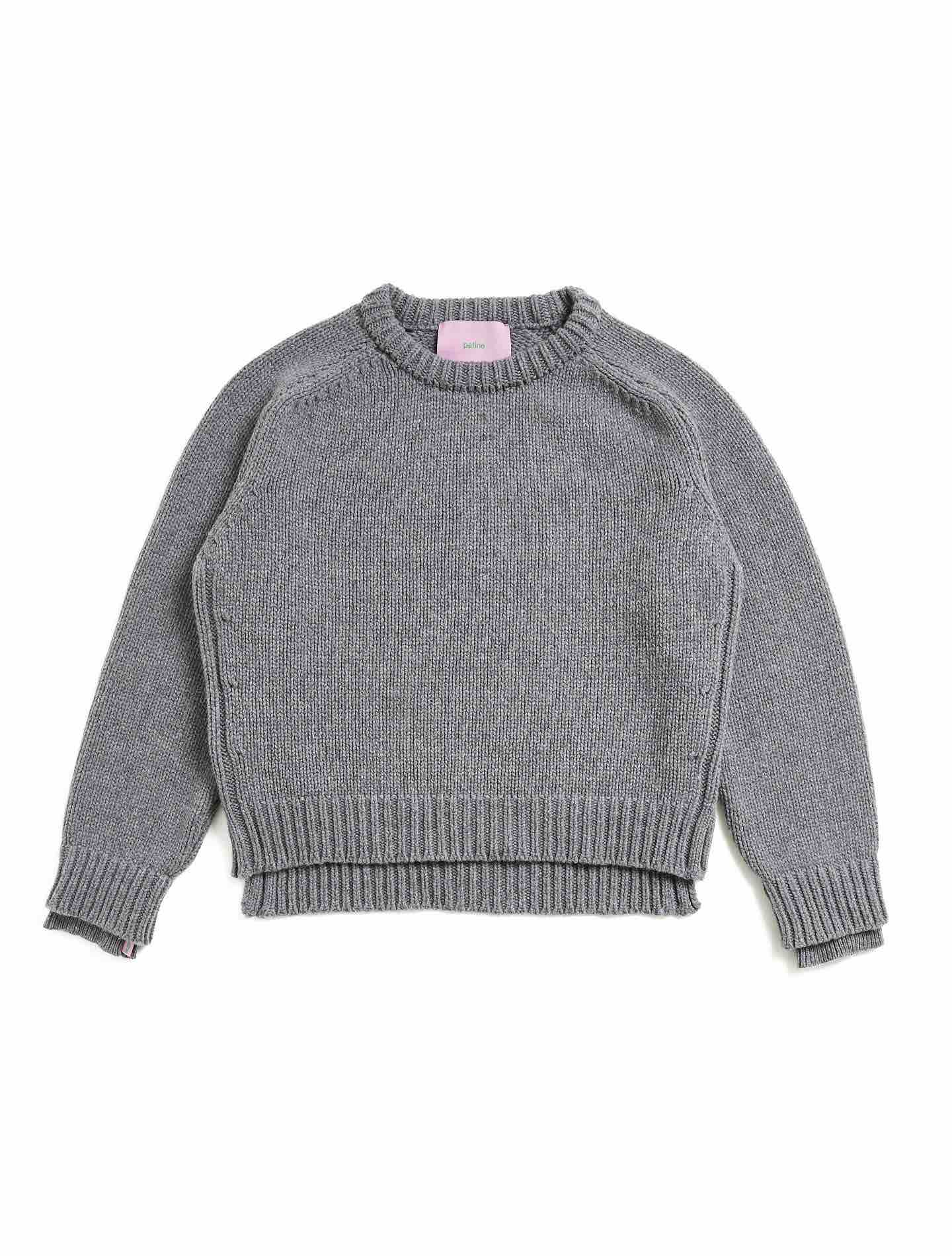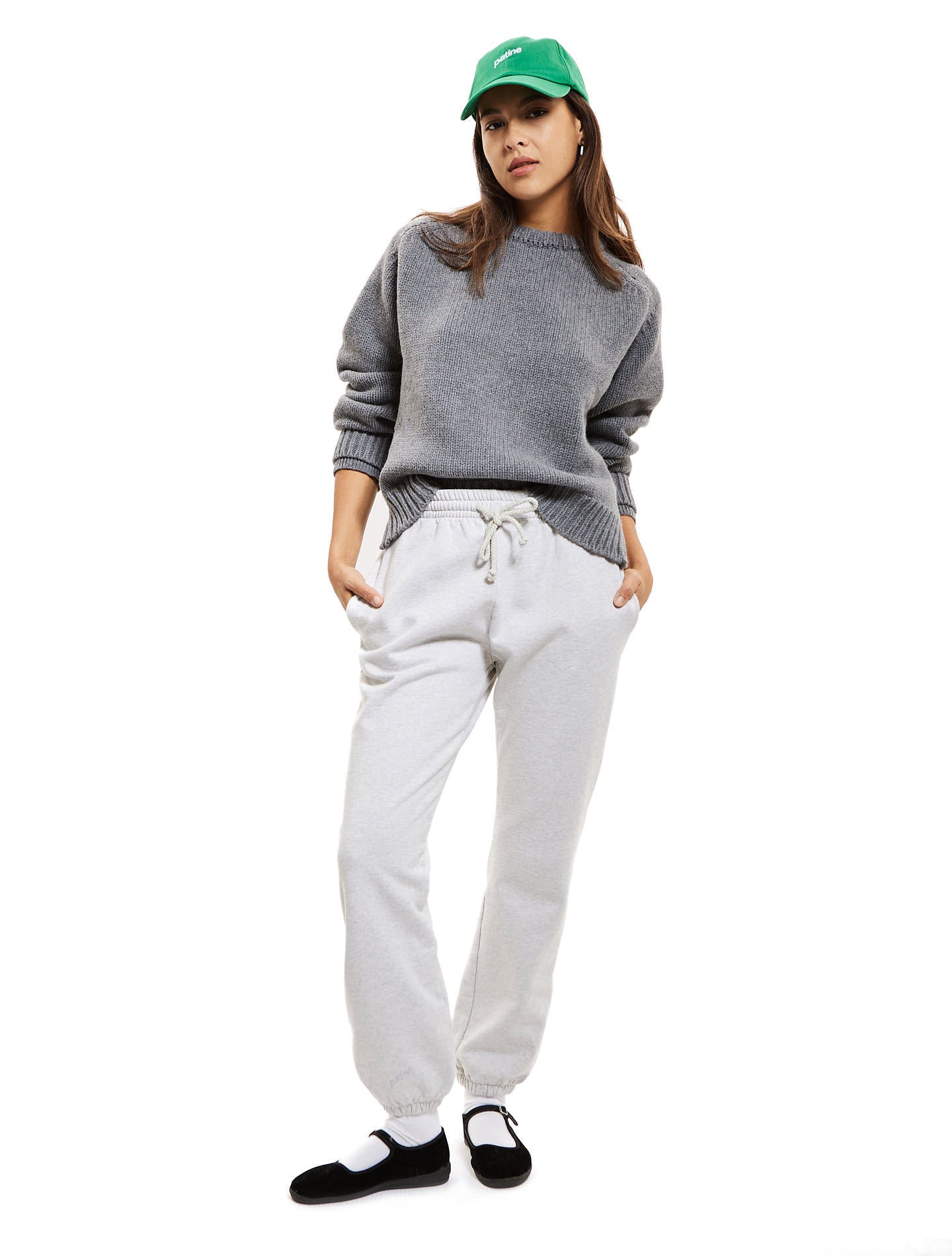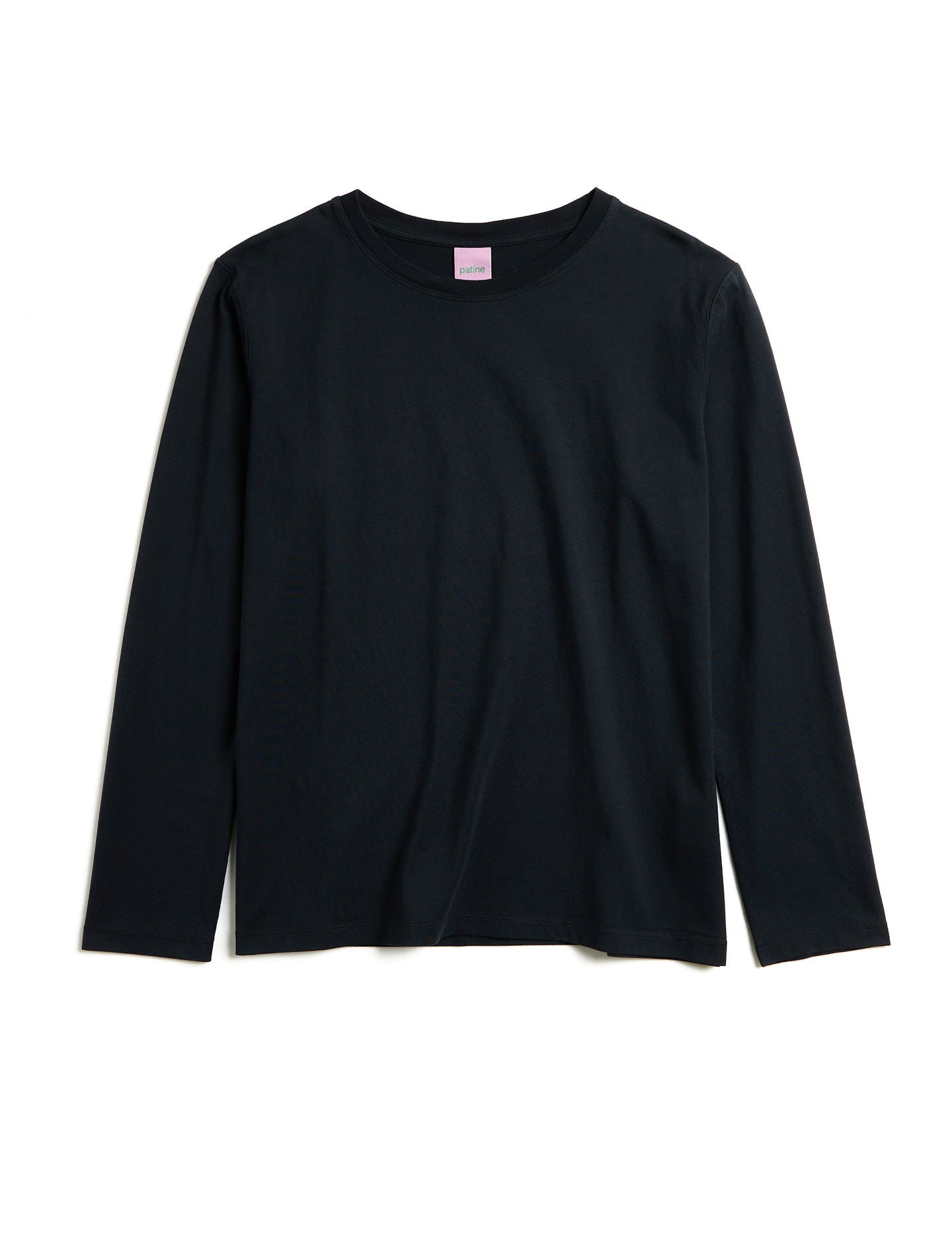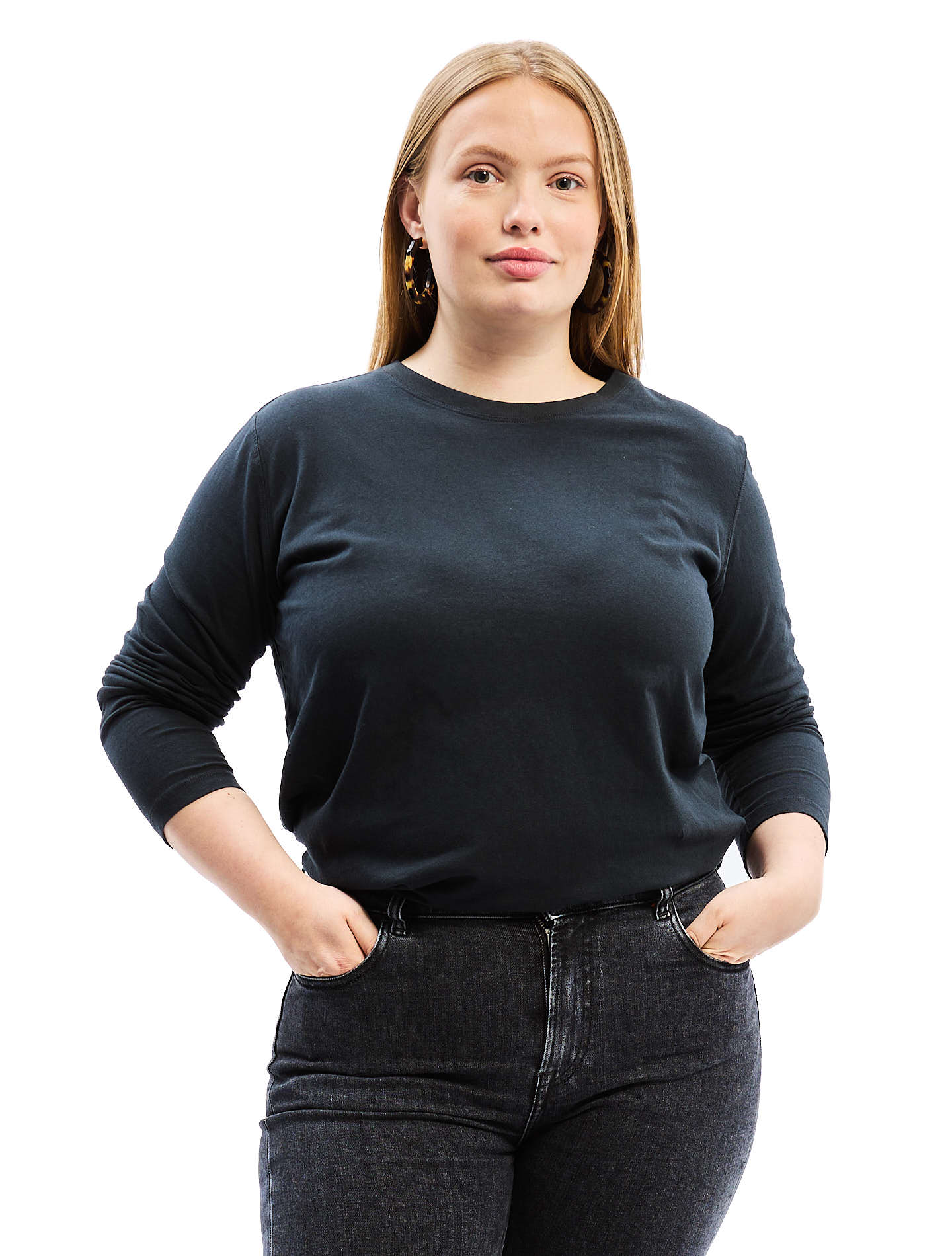1/ Sad pastures: animal abuse (TW)
We are not telling you anything new by stating that wool is a natural material of animal origin, most often coming from the fur of sheep. We will not dwell on angora wool coming from very cruel rabbit breeding practices, and therefore excluded for our brand.
Let's focus on sheep wool: this ovine is sheared to obtain its hair, threads transformed into wool and then knitted. So far, so good. The problem is that very often, industrialization and intensive processes to produce conventional wool in a globalized economy lead to animal abuse.
Moreover, the practice of muzzling is one of the most shocking and most denounced: this practice consists of cutting pieces of flesh or skin from sheep so that they do not develop various insects. This method is widely used in the leading wool producing country: Australia.
We'll spare you the images, it's unbearable. If the subject interests you, here are two articles fromPeta FranceAndM Magazine The World.
💬 More and more brands are committing to sourcing certified museling-free wool, and the Woolmark Association is working to find alternatives to this barbaric practice. “Museling free” was a first imperative for the wool in the Patine sweater. But that’s not enough.
2/ Damned of the earth
More and more of you are learning about the pollution of the denim industry, but you are often less informed about the pollution generated by the wool business. However, the figures are edifying: for a small standard wool sweater, 40kg of CO2 are released. For comparison, this is the equivalent of 408km traveled with a small car.) In total, this is55 kg of CO2which are rejected for its complete manufacture.
A few more figures: one kilo of wool requires 842 litres of water, i.e. 4 bathtubs. Intensive livestock farming produces methane emissions, which are responsible for the greenhouse effect. Livestock farming also impoverishes the soil. As with cotton farming, the use of pesticides and insecticides is harmful to the health of farmers and destroys biodiversity in soils and rivers. Animal farming inevitably causes soil erosion and destruction of vegetation. Not to mention the toxic chemicals used on the skin of sheep or via injections: insecticides, pesticides. It is then the health of animals, farmers, consumers and ecosystems.
💬Certified organic wool is supposed to be free of these disruptors and toxic products. Small traditional producers are fighting to produce wool with a limited footprint. It was inconceivable for Patine to offer a product of the destruction of our environment. So we looked for the most reliable labels, but we came up against the limits of traceability for virgin wool. Because the wool business is now completely globalized.
3/ The Worldwide company, unrivaled carbon emissions
The majority of industrial fashion sweaters are made from wool of Australian, Chinese or New Zealand origin. 80% of Australian wool is exported to China to be cleaned and spun in a huge converter. The wool is then sent to the four corners of the world to be dyed, then elsewhere again for the knitting and finishing stage… Short circuits and Turtlenecks are almost an oxymoron, far from the idea we have of a pretty ball of wool and needles by the fire.
💬Some brands rebel against this globalization and offer local wools, recreate short circuits, and humanity between the different actors in the chain. For Patine, our challenge was to stay close to Europe for the complete cycle of our sweater, from the fiber. The choice of recycled wool avoids the impact of virgin wool. We also chose a high-end partner who recycles the wool in Italy. An expensive but local choice, qualitative and significantly lower carbon than the other options!
4/Knitting in Europe is possible!
Take the test and look on the label of your sweaters for the place of manufacture, which must be mentioned. The vast majority of sweaters today are knitted in China. Sometimes in dubious conditions, and sometimes also because the country has equipped itself with the latest industrial innovations and has developed excellent know-how in this category.
💬We wanted to find a partner in Portugal so that we could establish a close collaboration with them, and also to limit the number of km on the counter of our sweaters. In parallel with our research on the impact of sweaters and in parallel with our tests of the few responsible materials selected, we carried out several collaboration tests until we found the rare pearl. A small knitting unit, based in Portugal, and run by strong women. We are delighted!
And this is how the odyssey of the sublime responsible sweater ends after 4 years...until the next challenge :)








